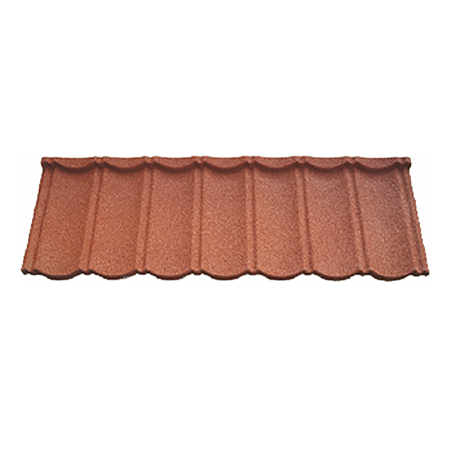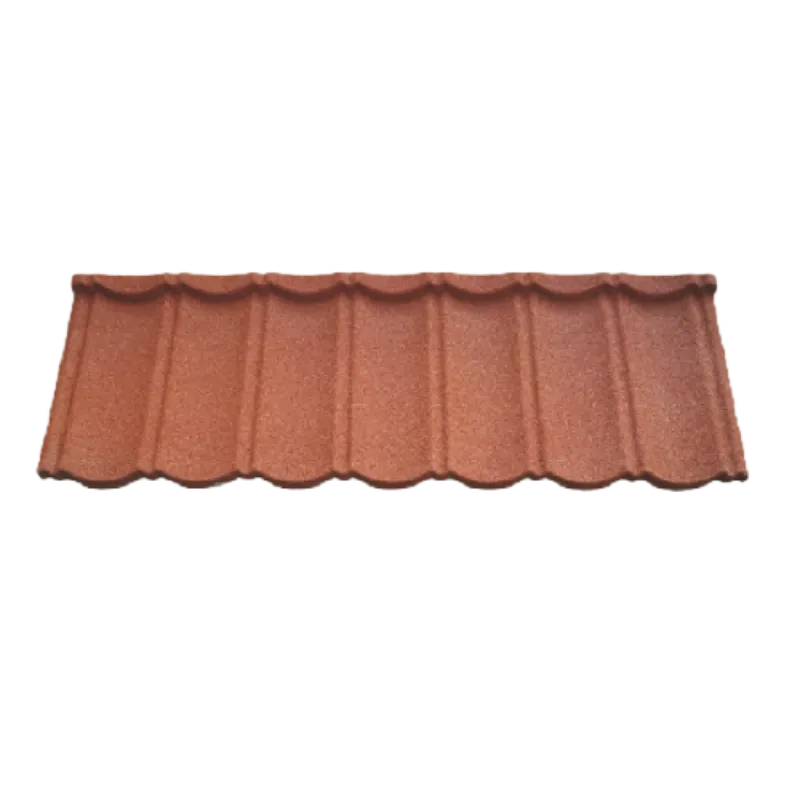
maj . 31, 2025 10:59 Back to list
Roofing Shingles Price per Square 2024 Estimates & Deals
Choosing roofing shingles involves critical calculations and cost evaluations per roofing square. This guide breaks down the essential considerations for residential and commercial projects:
- Industry Data and Cost Calculations
- Technical Advantages by Material Type
- Manufacturer Comparison and Pricing
- Regional Adaptation Solutions
- Climate-Specific Material Selection
- Case Study: Coastal Property Installation
- Budget Planning for Your Project

(roofing shingles per square)
Understanding Roofing Shingles Per Square
One roofing square covers 100 square feet and typically requires 3-4 bundles of shingles. Industry data reveals significant regional cost variations:
Average national costs:
- Basic asphalt: $90-$120 per square
- Architectural asphalt: $110-$150 per square
- Premium slate: $800-$1,600 per square
The Federal Emergency Management Agency reports proper shingle calculation reduces material waste by 12% on average. Climate directly impacts requirements – hail-prone regions need impact-resistant shingles with UL 2218 certification, while coastal areas require algae-resistant technology to combat moisture degradation.
Technological Advances in Modern Shingles
Manufacturers have enhanced durability through polymer-modified asphalt systems. GAF's Timberline HDZ® shingles feature proprietary LayerLock™ technology that increases wind resistance to 130 mph – 30% higher than traditional options. Malarkey's Vista™ IR utilizes smog-reducing granules that neutralize vehicle emissions equivalent to 10,000 miles driven annually per 25 squares installed.
Energy efficiency innovations include IR-reflective asphalt shingles that reduce attic temperatures by 20-25°F according to Department of Energy field tests. This translates to 7-15% lower summer cooling costs for homeowners. Manufacturers now integrate these capabilities without significant price increases versus standard options.
Manufacturer Comparison and Value Analysis
| Brand | Product | Warranty Period | Cost/Sq. | Wind Rating | Impact Rating |
|---|---|---|---|---|---|
| GAF | Timberline HDZ | Lifetime | $120-$150 | 130 mph | Class 4 |
| Owens Corning | Duration® Flex | Lifetime | $115-$145 | 130 mph | Class 4 |
| Malarkey | Legacy® | Limited Lifetime | $140-$165 | 110 mph | Class 4 |
| IKO | Cambridge™ | 30 Years | $95-$125 | 110 mph | Class 3 |
Malarkey's Legacy® series provides superior granule adhesion (98% retention in ASTM D4977 testing) for long-term performance in extreme weather. Owens Corning Duration® features patented SureNail® technology that increases installation speed by 25% while reducing waste during complex roof installations.
Regional Adaptation Requirements
Material specifications vary significantly by climate zone. Below-freezing regions require shingles meeting ASTM D7158 Class H wind resistance standards and ice dam protection membranes. Fire-prone areas in California mandate Class A fire-rated assemblies with modified bitumen base layers.
Southwestern solutions combine IR-reflective granules with increased UV resistance to combat extreme heat exposure. For hurricane-belt states, consider high-wind installation protocols using 6 nails per shingle rather than standard 4-nail patterns, which increases installation labor by $5/square but boosts wind resistance by 40%.
Climate-Specific Material Selection
Coastal properties within 5 miles of saltwater must integrate algae-resistant copper-infused shingles to prevent discoloration. Manufacturers like GAF and CertainTeed offer 10-year algae-resistance warranties with these specialized products.
Mountainous snow regions require Class 4 impact-resistant designs meeting FM 4473 standards. Installers should incorporate ice/water shields across the entire eaves area plus 24 inches beyond interior wall lines. Denver-area field studies show this reduces ice dam leaks by 80% compared to standard installations.
California Coastal Installation Case Study
During a 2023 re-roofing project in Santa Barbara, contractors installed 27.5 squares of Malarkey Vista™ IR shingles (algae-resistant, 130 mph rating). The installation included:
- High-strength synthetic underlayment ($0.35/sq. ft.)
- Starter shingles with sealant strips
- 6-nail fastening pattern
- Copper flashing integration
The $15,600 total project cost broke down as $4,200 for shingles ($152/sq.), $2,900 for accessories, $8,500 for labor. Post-installation analysis showed attic temperatures decreased 19°F during summer heat waves, reducing the homeowner's cooling costs by $83/month.
Final Calculations for Your Roofing Estimate Per Square Foot
Determine your roofing shingles estimate per square foot by following three steps:
1. Measurement: Calculate total roof area (length × width of each plane) and convert to squares (total sq. ft. ÷ 100)
2. Material costs: Use current regional pricing guides showing architectural asphalt averages $4.25/sq. ft. installed in Florida vs $5.15/sq. ft. in Massachusetts
3. Cost factors: Add 15% for waste on complex roofs and account for current underlayment prices ($0.25-$0.50/sq. ft.). Labor typically constitutes 60% of total costs.
Industry data indicates informed decisions reduce average project expenses by 18%. Consult NRCA-certified contractors for precise quotes and verify their installation complies with manufacturer specifications to maintain warranty coverage for your roofing investment.

(roofing shingles per square)
FAQS on roofing shingles per square
Q: How many roofing shingles are needed per square?
A: One roofing square equals 100 square feet. Typically, 3-4 bundles of shingles are required per square, depending on the shingle type and overlap.
Q: How do I estimate roofing shingles cost per square foot?
A: Divide the price per square by 100. For example, if shingles cost $120 per square, the cost per square foot is approximately $1.20.
Q: What is the average price per square for roofing shingles?
A: Asphalt shingles average $80-$150 per square. Premium materials like metal or slate can range from $400 to $1,200+ per square.
Q: Does price per square for roofing shingles include installation?
A: No, price per square usually refers to material costs only. Labor adds $50-$150+ per square, depending on roof complexity and location.
Q: Why do roofing shingle prices vary per square?
A: Prices depend on material quality (3-tab vs. architectural), brand, region, and market factors. Heavier shingles or specialty designs also cost more.
-
Stone Coated Metal Roof Tile-Roman Tile for Durable Elegant Roofing
NewsJul.24,2025
-
Stone Coated Metal Roof Tile-Nosen Tile: Durable & Stylish Roofing
NewsJul.23,2025
-
Durable Tiles Made of Clay for Modern Cladding Solutions
NewsJul.22,2025
-
Stone Coated Roman Tile Metal Roofing - Durable & Elegant
NewsJul.22,2025
-
Premium Roofing Granules for Sale - High Durability & Cost-Saving
NewsJul.21,2025
-
Durable Laminated Shingles for Weather-Resistant Roofing
NewsJul.21,2025







